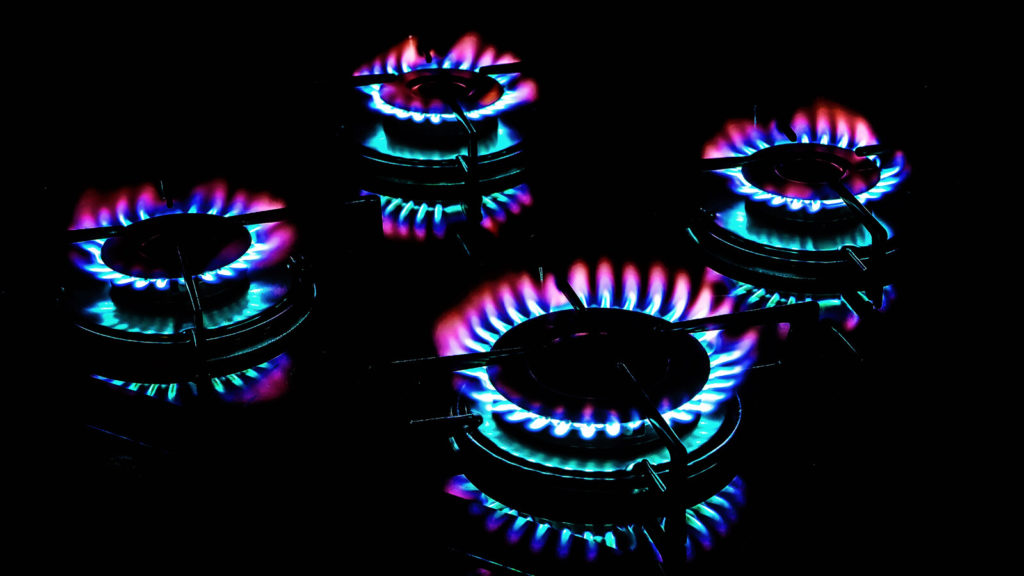
U.S. natural gas futures fell about 4% on Tuesday on rising output and forecasts for lower heating demand than previously expected for this week.
The price decline came despite forecasts for the weather to change from the current unseasonably warm conditions to colder weather more usual for the time of year.
Front-month gas futures for February delivery fell 17 cents, or 4.4%, to $3.740 per million British thermal units (mmBtu) at 8:25 a.m. EST (1325 GMT). That would be the lowest close since the contract settled at $3.71 on Friday, which was its lowest close since Dec. 30, 2021.
That decline pushed the front month back into technically oversold territory, with a relative strength index (RSI) below 30 for the eighth time in nine days.
With prices falling more than 5% in intraday trade on Tuesday, last year’s record volatility has continued into 2023. The contract has gained or lost more than 5% on four of this year’s six trading days.
The premium on futures for March over April, which the industry calls the widow maker, slid to a fresh record low of 6 cents per mmBtu as some market participants give up hope that extreme cold will bring a price spike later this winter.
The industry uses the March-April spread to bet on the winter heating season when demand for gas peaks. It calls the spread the “widow maker” because rapid price moves resulting from changing weather forecasts have forced some speculators betting on the spread to go out of business, including the Amaranth hedge fund, which lost more than $6 billion on gas futures in 2006.
Traders said the biggest market uncertainty remains the restart date for Freeport LNG’s liquefied natural gas (LNG) export plant in Texas.
After several delays from October to November and then to December, Freeport now expects the facility to be back in operation in the second half of January, pending regulatory approvals.
Analysts have long said Freeport would probably be back online during the first or second quarter of 2023 because further work is required to satisfy federal regulators, including training staff in new safety procedures, before the plant can be restarted.
Whenever Freeport returns, U.S. gas demand will jump. The plant can turn about 2.1 billion cubic feet per day (bcfd) of gas into LNG, which is about 2% of U.S. daily production.
The Elisa Larus LNG vessel that had been waiting to pick up fuel from Freeport has since moved on to Cheniere Energy Inc’s Corpus Christi export plant in Texas.
But several other vessels, including Prism Diversity, Prism Courage and Prism Agility, continue to wait in the Gulf of Mexico to pick up LNG from Freeport. Some have been waiting since early November.
Other ships, meanwhile, are sailing towards Freeport, including Corcovado LNG, which is expected to arrive in mid-January. Prism Brilliance, Kmarin Diamond and Wilforce are expected in late January.
U.S. GAS OUTPUT RISING
Data provider Refinitiv said that average gas output in the U.S. Lower 48 states has risen to 98.3 bcfd so far in January, up from 96.7 bcfd in December. That compares with a monthly record of 99.9 bcfd in November 2022.
With the weather expected to remain warmer than normal until late January, Refinitiv projected average U.S. gas demand, including exports, would hold at 120.8 bcfd this week and next. The forecast for this week was lower than Refinitiv’s outlook on Monday.
The average amount of gas flowing to U.S. LNG export plants has risen to 12.1 bcfd so far in January, up from 11.9 bcfd in December. That compares with a monthly record of 12.9 bcfd in March 2022.